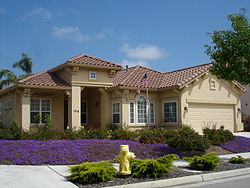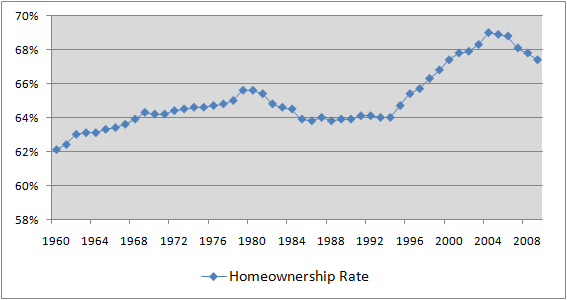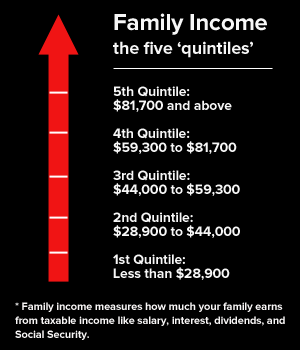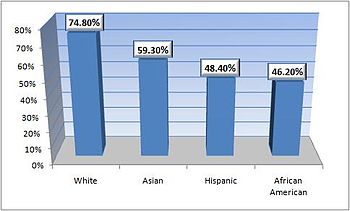 Most Americans have traditionally viewed home ownership as part of the American dream. Owning a home was rightfully viewed as one of the bedrock principles for building long term wealth through equity appreciation. For decade after decade home values increased and by 2007, the mantra of “home values never decline” became part of the national psyche. The financial crash of 2008 changed those views forever as home prices collapsed nationwide and over leveraged home owners went into default by the millions.
Most Americans have traditionally viewed home ownership as part of the American dream. Owning a home was rightfully viewed as one of the bedrock principles for building long term wealth through equity appreciation. For decade after decade home values increased and by 2007, the mantra of “home values never decline” became part of the national psyche. The financial crash of 2008 changed those views forever as home prices collapsed nationwide and over leveraged home owners went into default by the millions.
Home prices have fallen so dramatically that in many areas of the country, owning a home has become cheaper than renting a home. Yet, despite lower prices many Americans are locked out of the home market due to insufficient income. After reaching a high of almost 70% during the housing boom, the rate of home ownership has fallen to about 64%. Prior to the easy lending policies during the housing boom of the 2000’s, the rate of home ownership had remained remarkably constant at about 64% since 1970.

Source: wikipedia
Many first time home buyers have used FHA financing due to the low down payment requirements but underwriting standards have been tightened due to high default rates on FHA loans. Accordingly, the homeownership rate will probably remain at the current level of 64% which means that over a third (36%) of all Americans are unable to buy a home or prefer to rent.
According to Bloomberg, the median sales price of a home in the U.S. was $182,600 in May 2012. An FHA borrower purchasing the median priced home and making the minimum down payment would have a monthly mortgage payment of $833 per month plus taxes, homeowners insurance and mortgage insurance which could easily increase the monthly housing cost to over $1,200 per month. Using a conservative front end debt ratio of up to 32%, a buyer of a median priced home would need an income of at least $45,000 per year. As can be seen in the income chart below from marketplace.org, many Americans simply do not earn enough income to comfortably afford the payment.

Rates of homeownership also vary tremendously based on race and marital status as shown below.

Source: wikipedia

Source: wikipedia
The increased rate of homeownership during the 2000’s was based on two primary factors: 1) speculative buying based on the belief that housing prices would continue to soar and 2) ultra loose lending standards that allowed unqualified applicants to become homeowners. Both of these factors have been eliminated which should contribute to a more stable housing market going forward.